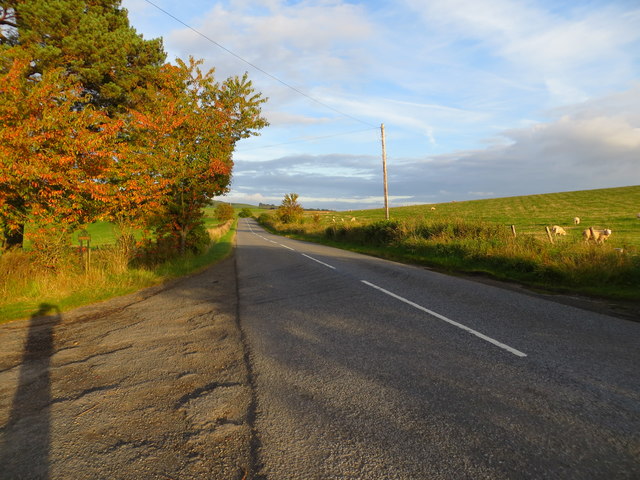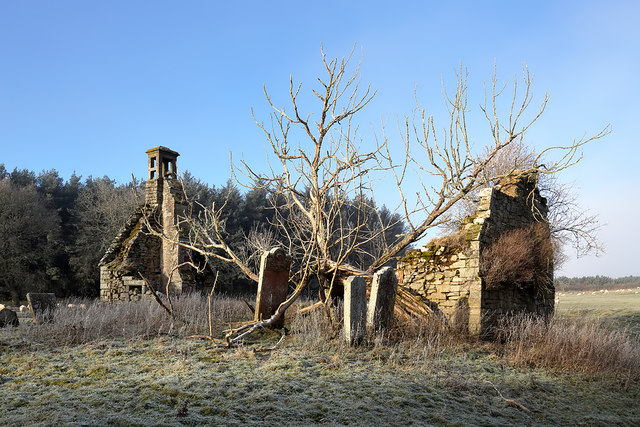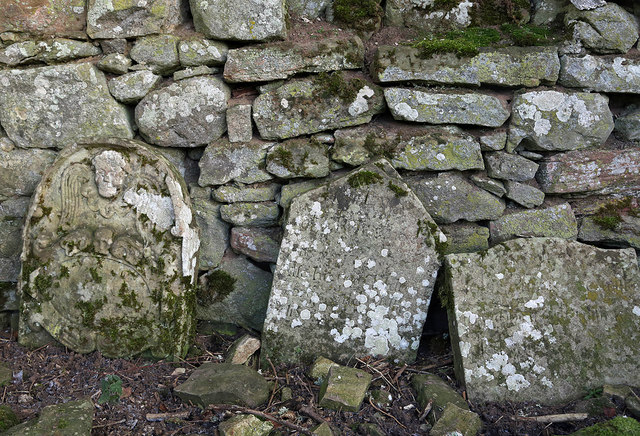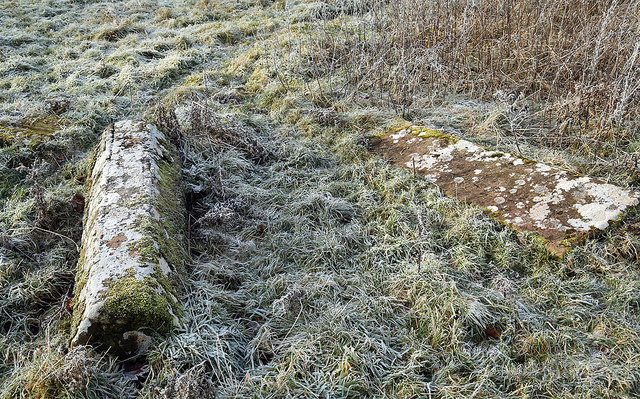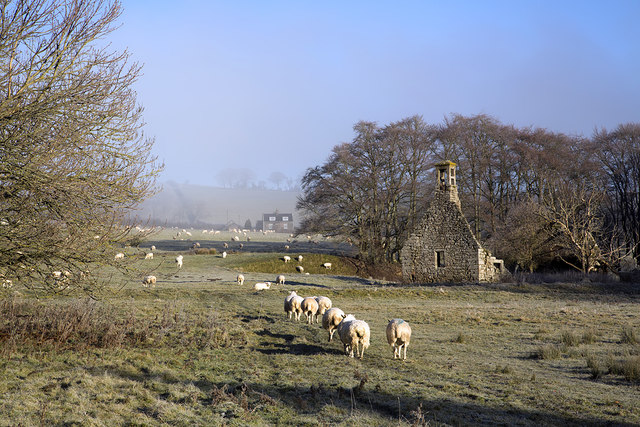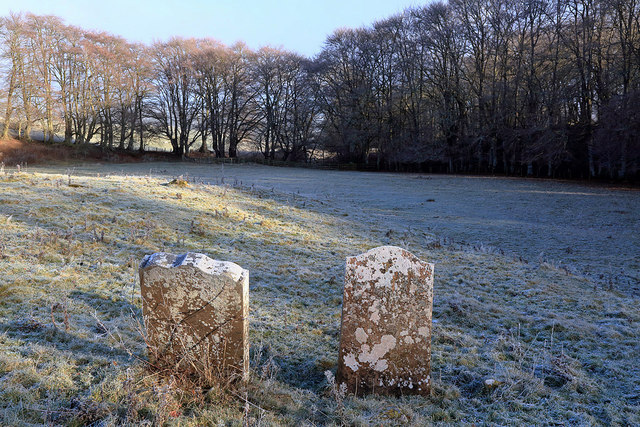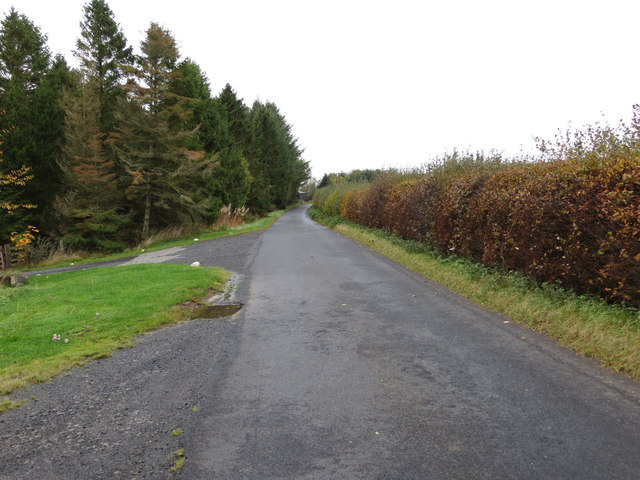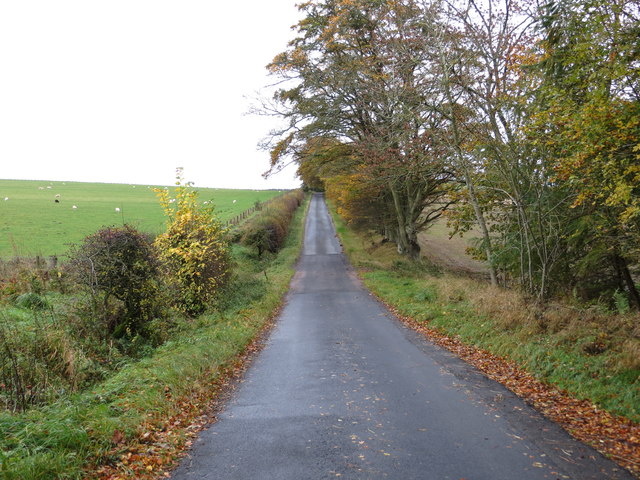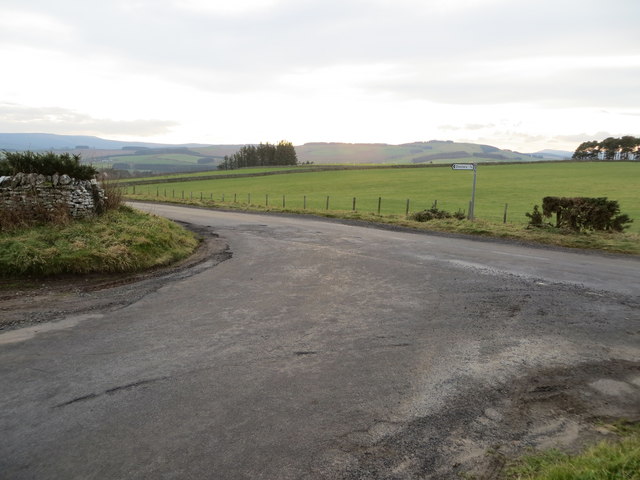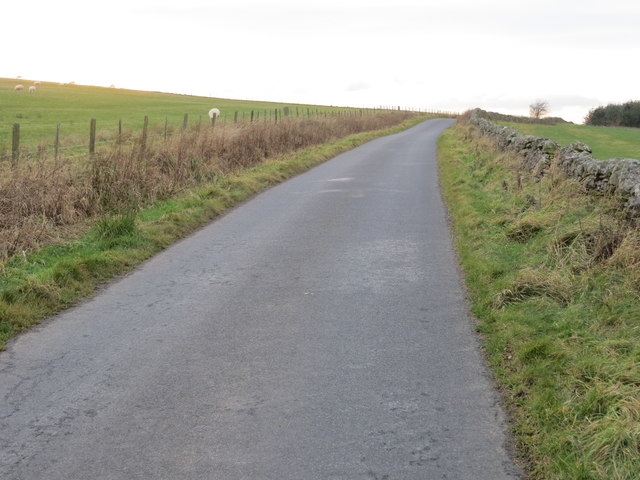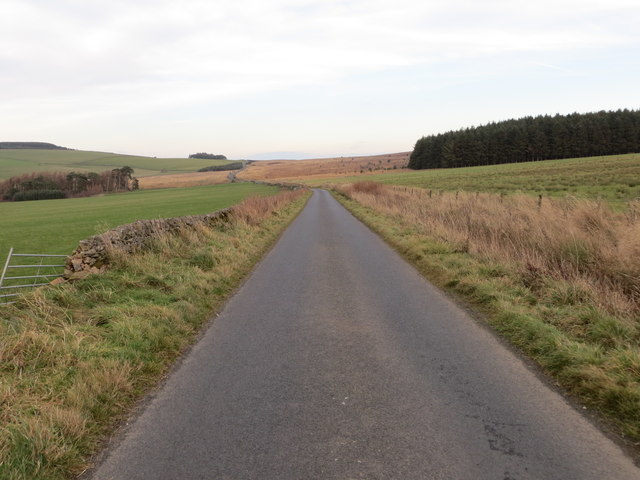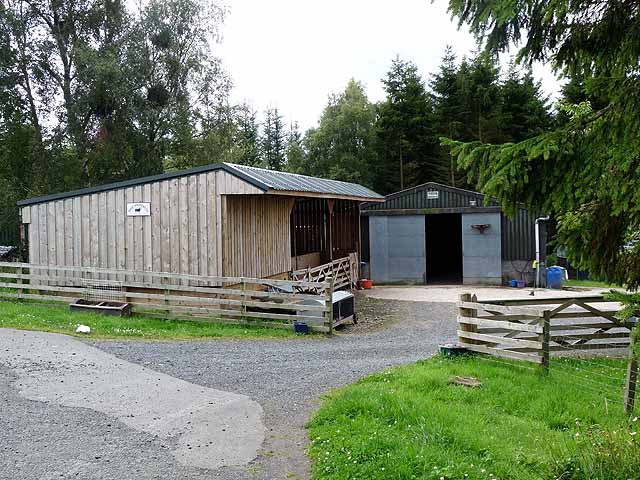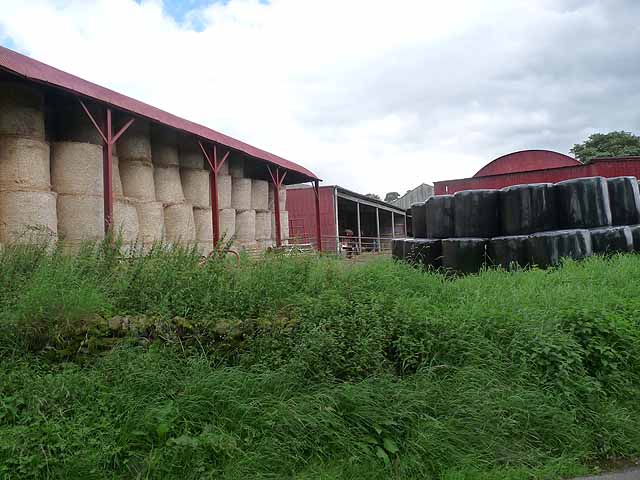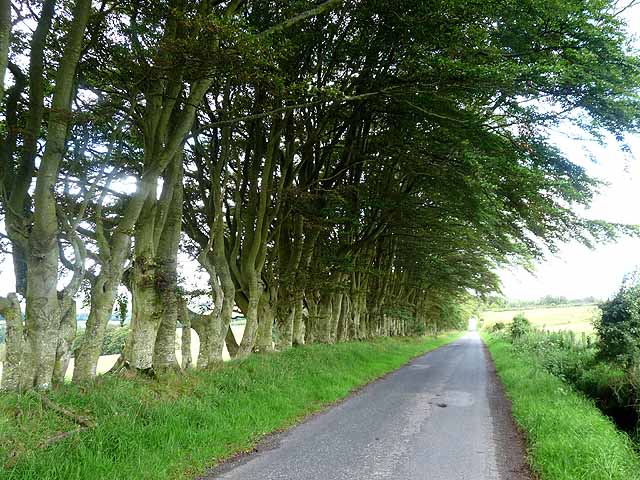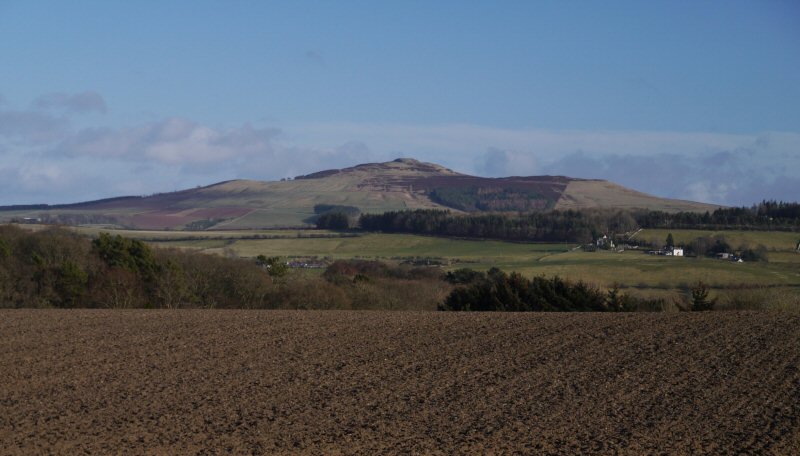Angle Plantation
Wood, Forest in Roxburghshire
Scotland
Angle Plantation
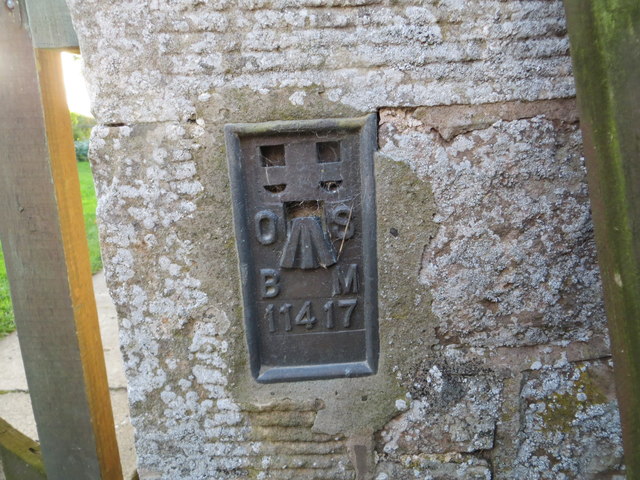
Angle Plantation is a picturesque woodland area located in Roxburghshire, Scotland. Covering an expansive area of approximately 500 acres, it is a well-known destination for nature enthusiasts and outdoor adventurers. The plantation is situated near the small village of Ancrum, just a short distance from the River Teviot.
The plantation is predominantly made up of a diverse mix of deciduous and coniferous trees, creating a stunning natural landscape that changes dramatically throughout the seasons. The area is home to a variety of tree species, including oak, beech, ash, and Douglas fir, among others. This rich and varied woodland provides habitat for a wide range of wildlife, including deer, foxes, badgers, and numerous bird species.
Angle Plantation offers a network of well-maintained walking trails, allowing visitors to explore and immerse themselves in the beauty of the surroundings. The pathways wind through the woodland, passing by enchanting streams and offering breathtaking views of the rolling hills and valleys of Roxburghshire. The plantation is also home to a number of picnic areas and viewpoints, providing the perfect opportunity for visitors to relax and appreciate the tranquility of the surroundings.
The plantation is managed by the local forestry commission, ensuring its preservation and conservation. Visitors to Angle Plantation can expect a serene and peaceful experience, immersing themselves in the natural wonders of the Scottish countryside.
If you have any feedback on the listing, please let us know in the comments section below.
Angle Plantation Images
Images are sourced within 2km of 55.402975/-2.6145729 or Grid Reference NT6112. Thanks to Geograph Open Source API. All images are credited.

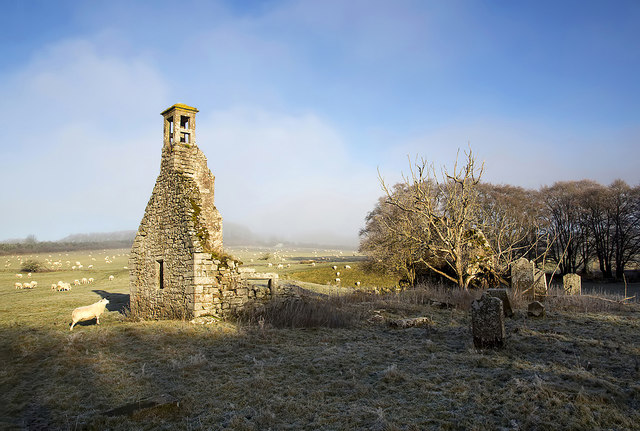
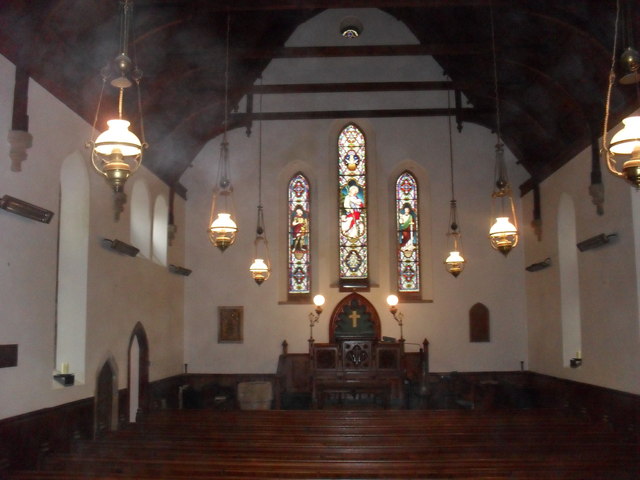
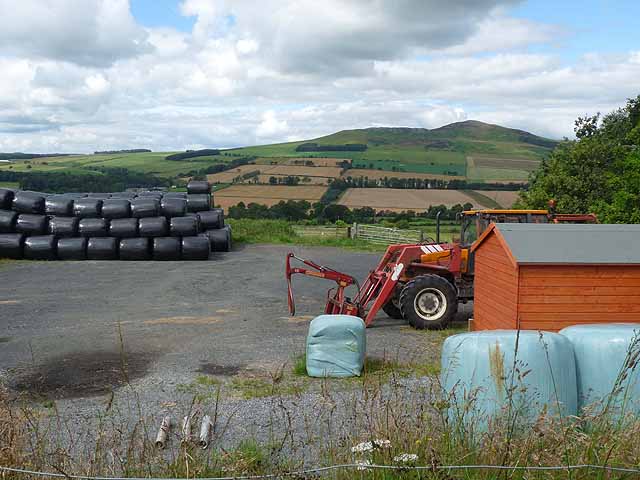
Angle Plantation is located at Grid Ref: NT6112 (Lat: 55.402975, Lng: -2.6145729)
Unitary Authority: The Scottish Borders
Police Authority: The Lothians and Scottish Borders
What 3 Words
///curving.motored.slurred. Near Jedburgh, Scottish Borders
Nearby Locations
Related Wikis
Abbotrule
Abbotrule is a hamlet south of the B6357 road, in the Scottish Borders area of Scotland, on Rule Burn, east of the Rule Water. Places nearby include Bedrule...
Hallrule
Hallrule is a hamlet on the B6357 road, in the Scottish Borders area of Scotland, on the Rule Water, near Abbotrule, Bedrule Bonchester Bridge, Denholm...
Bonchester Bridge
Bonchester Bridge (Scots Binster Brig) is a village in Roxburghshire, within the Scottish Borders area of Scotland, lying on the Rule Water, six miles...
Hobkirk
Hobkirk (Scottish Gaelic: Eaglais Ruail) is a village and civil parish in the Scottish Borders area of Scotland, by the Rule Water, south-west of Jedburgh...
Southdean
Southdean is a hamlet in the Scottish Borders area of Scotland, on the A6088, by the Jed Water and in the Wauchope Forest area. Other settlements nearby...
Fulton Tower
Fulton Tower is a ruined 16th century tower house, about 4.5 miles (7.2 km) south west of Jedburgh, Scottish Borders, Scotland, and about 2 miles (3.2...
Rubers Law
Rubers Law is a prominent, conical hill in the Scottish Borders area of south-east Scotland. It stands on the south bank of the River Teviot, between the...
Wauchope, Scottish Borders
Wauchope is a hamlet in the Scottish Borders council area of Scotland, near Southdean. Wauchope House was demolished in 1932. == See also == Wauchope Forest...
Nearby Amenities
Located within 500m of 55.402975,-2.6145729Have you been to Angle Plantation?
Leave your review of Angle Plantation below (or comments, questions and feedback).
